The ‘Chinese owner’ of Nexperia: How Zhang Xuezheng’s tech empire fell to geopolitics
Once the scrappy entrepreneur who helped make smartphones affordable, Zhang Xuezheng now finds his semiconductor empire under siege. The Dutch takeover of Nexperia marks a dramatic turn in his high-tech odyssey amid global power rivalries. Was the move justified? Lianhe Zaobao’s China Desk looks into the company and its founder.
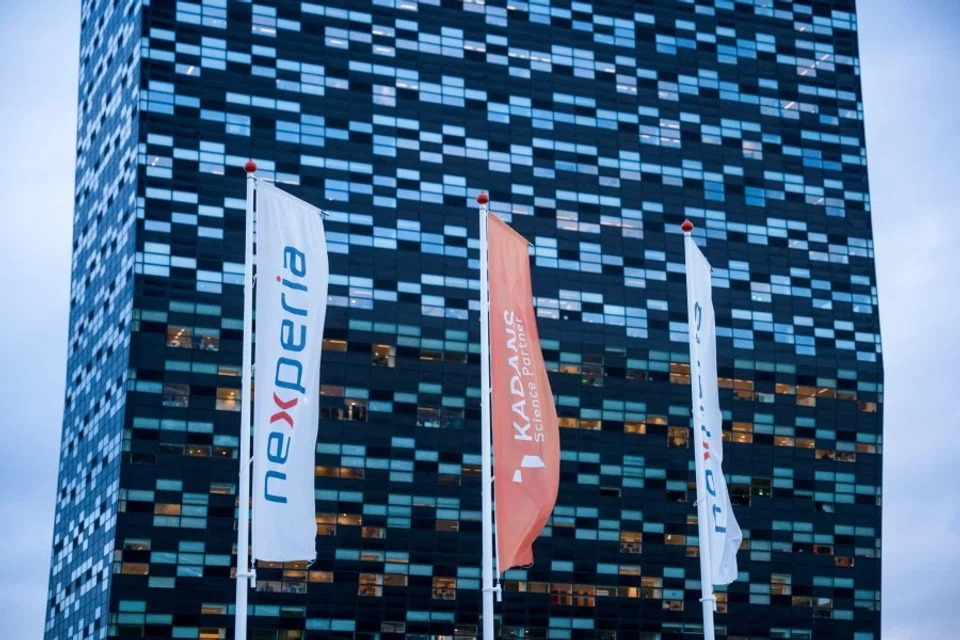
The China–US trade war continues to produce fresh drama almost daily, and the latest episode has drawn in the Dutch government, which — citing economic security concerns — took the rare step of invoking a Cold War-era law to seize control of the European chipmaker Nexperia.
Nexperia’s parent company is China’s publicly listed Wingtech Technology. Following the so-called “Nexperia turmoil”, Wingtech’s shares resumed trading after a two-day suspension and plunged by the daily limit for two consecutive sessions, wiping out more than 10 billion RMB (US$1.4 billion) in market value. On 15 October, the stock rebounded slightly by 1.43%, bringing the company’s market capitalisation to around 51.2 billion RMB.
Much uncertainties ahead
According to Wingtech’s disclosure on 12 October, the Dutch Ministry of Economic Affairs issued an order on 30 September, to freeze and restrict adjustments to Nexperia’s assets, intellectual property, operations, and personnel for a one-year period.
The deal was therefore widely dubbed the largest merger in China’s semiconductor history, like a snake swallowing an elephant.
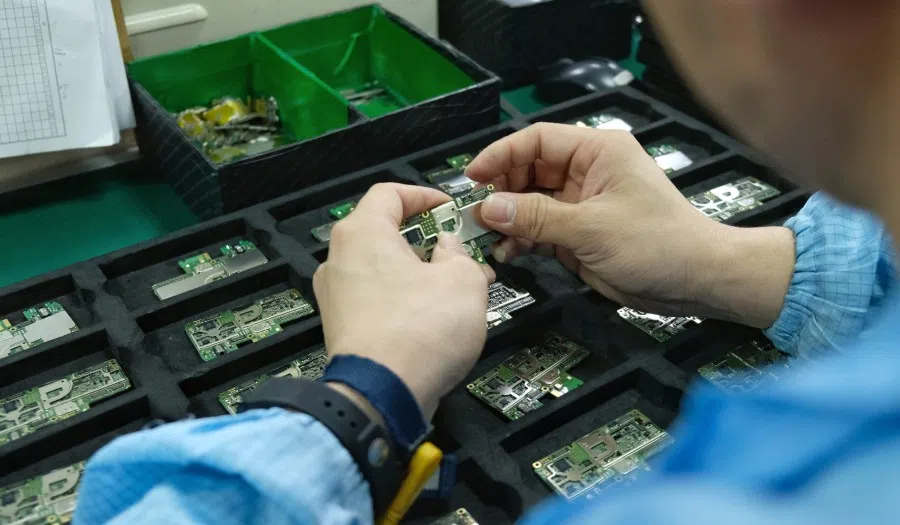
Following an emergency hearing on 7 October, the Enterprise Chamber of the Amsterdam Court of Appeal issued a preliminary ruling to suspend Wingtech founder Zhang Xuezheng from his positions as director and CEO of Nexperia. Nearly all voting rights attached to the Nexperia shares indirectly held by Wingtech have been transferred to an independent administrator appointed by the Enterprise Chamber.
Beijing has taken countermeasures in response to the Dutch government’s actions. On 14 October, Nexperia said that the Chinese government has banned the company from exporting products from China, and that it is “actively engaging with the Chinese authorities” to seek an exemption.
On 24 October, Wingtech reported third-quarter semiconductor revenue of 4.3 billion RMB, up 12.2% year-on-year, with a 34.6% gross margin and 724 million RMB net profit. Revenue from China rose 14% to a record high, accounting for 49.3% of the total, while other Asian markets saw mid-single-digit growth, driven by demand from South Korea’s EV sector. However, the company warned of uncertainties following orders and rulings by Dutch authorities affecting its Nexperia units, noting potential risks to revenue and profit if control is not restored before end-2025.
Wingtech’s takeover of Nexperia drew attention seven years ago
The relationship between Wingtech and Nexperia goes back to 2018, when Wingtech was still a low-margin smartphone contract manufacturer. That year, Wingtech offered 25.2 billion RMB to acquire 75.86% of Nexperia’s shares.
At the time, Bloomberg described Wingtech as an “obscure Chinese firm”. When it made the offer, Wingtech’s own market capitalisation was less than 20 billion RMB, while Nexperia’s valuation already exceeded 35 billion RMB. The deal was therefore widely dubbed the largest merger in China’s semiconductor history, like a snake swallowing an elephant.
Industry insiders recalled often seeing Zhang personally lugging two computers and a phone around Huaqiangbei, Shenzhen’s electronics hub, promoting his designs door to door.
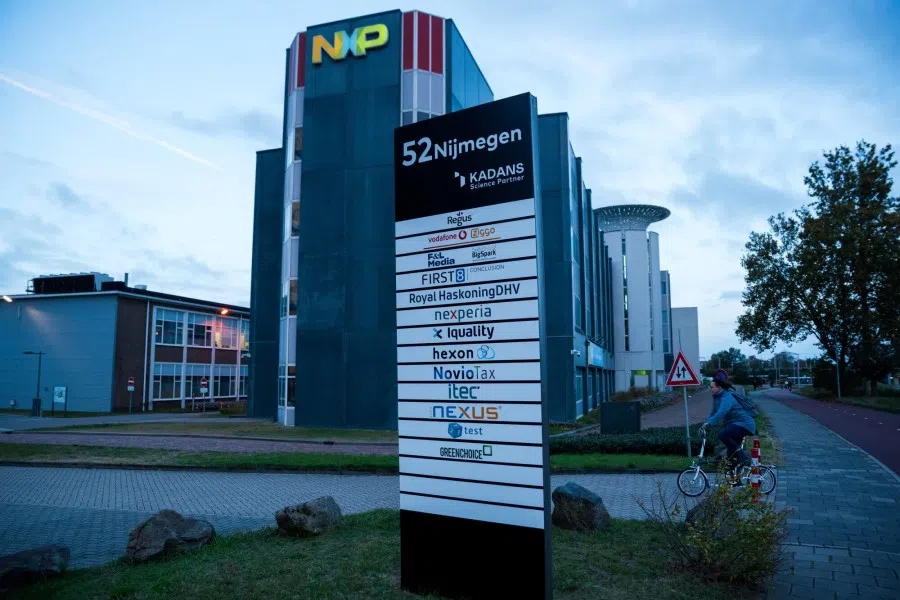
Nexperia was originally the standard products division of Dutch semiconductor giant NXP. In 2016, it was sold to a consortium composed of Beijing Jianguang Asset Management Co. and Wise Road Capital, giving birth to Nexperia as an independent company. In short, Wingtech acquired 75.86% of Nexperia’s shares from this consortium.
To achieve 100% ownership of Nexperia, Wingtech later offered an additional 6.7 billion RMB in the same year to buy out the remaining shares held by another shareholder.
From a 100,000 RMB startup to an ODM powerhouse with Xiaomi
During the Nexperia acquisition process, Wingtech founder Zhang Xuezheng told the media: “I had never done a merger before, and my first one turned out to be such a massive deal — it was indeed a big challenge, but we were very confident.”
Part of that confidence came from Gree Electric Appliances. In 2018, Gree’s chairwoman Dong Mingzhu announced a 50-billion RMB initiative towards in-house chip production. As part of this effort, Gree invested 3 billion RMB to support Wingtech’s acquisition of Nexperia.
Zhang’s plan was to use the acquisition to move upstream into semiconductor components. Before that, he had already spent more than a decade cultivating the smartphone manufacturing and design business.
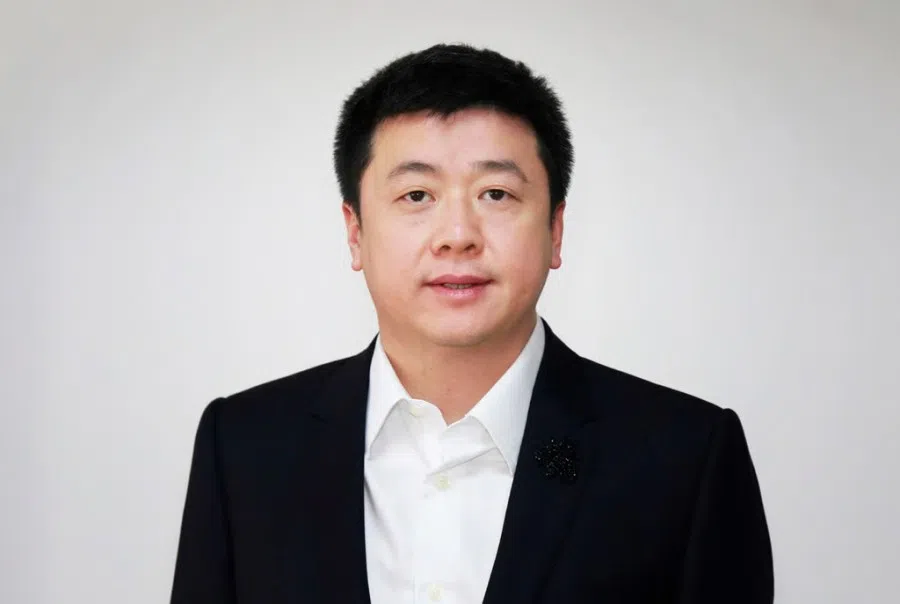
According to a 2020 in-depth report reprinted by Securities Times, in 2006, the 31-year-old Zhang started with just 100,000 RMB, forming a small team of 30-40 people in an independent design house (IDH) to design mobile phone motherboard solutions. Industry insiders recalled often seeing Zhang personally lugging two computers and a phone around Huaqiangbei, Shenzhen’s electronics hub, promoting his designs door to door.
At that time, the number of IDH firms in China once peaked at nearly 500. Zhang’s first mobile motherboard model, the W100, became a market sensation, selling over 200,000 units in a single month — a record-breaking achievement that made his name overnight.
Zhang later described that golden period: “It was an era when you could land an order just by drawing a circuit diagram.”
Zhang claimed it was Wingtech that first drove smartphone prices below 1,000 RMB. Its collaboration with Xiaomi on the Redmi phone, priced at just 799 RMB, was so successful that it ran scarce in stores, with scalpers reselling units for over 1,000 RMB.
He went on to collaborate with Spreadtrum Communications, developing a single-chip dual-SIM, dual-standby technology, which enabled Wingtech to become China’s largest mobile phone IDH company within a year.
As competition in the industry intensified, Zhang invested US$80 million in 2008 to build his own mobile phone factory in Jiaxing, Zhejiang, transitioning from design to original design manufacturing (ODM) — that is, from “selling motherboards” to “making complete phones”.
Zhang claimed it was Wingtech that first drove smartphone prices below 1,000 RMB. Its collaboration with Xiaomi on the Redmi phone, priced at just 799 RMB, was so successful that it ran scarce in stores, with scalpers reselling units for over 1,000 RMB.
According to market research firm IHS Technology, by 2015 Wingtech had become the world’s largest ODM by shipment volume.
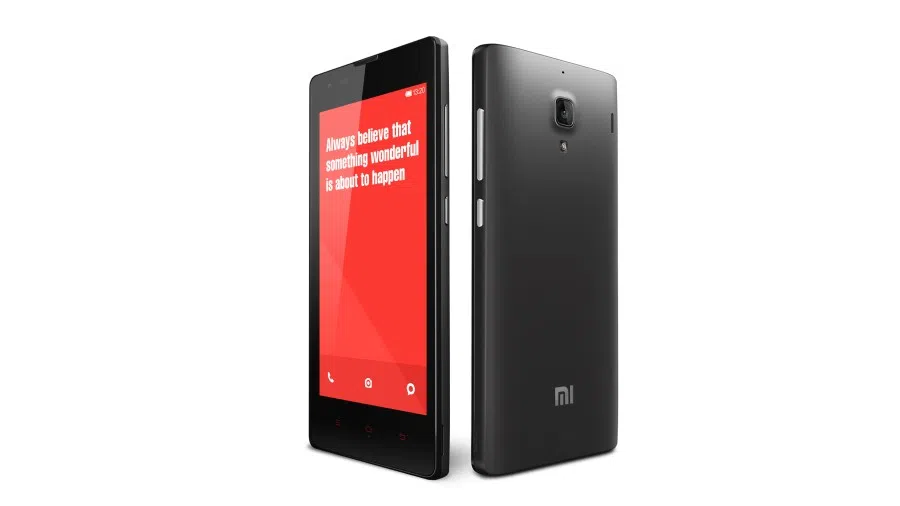
Although Wingtech’s acquisition of Nexperia drew much scepticism, a report by Pacific Securities noted that after completing the deal, Wingtech began supplying power devices to Apple, successfully entering the so-called “Apple supply chain”.
This drove up Wingtech’s stock price, and by 2020, Zhang’s fortune reached 27 billion RMB, placing him 188th on the Hurun Rich List. However, by this year, his wealth had plummeted to 5.5 billion RMB, and in his hometown of Meizhou, Guangdong, he no longer even ranks among the top 10 local tycoons.
US officials told their Dutch counterparts at a meeting in June this year: “The fact that [Nexperia’s] CEO is still that same Chinese owner is problematic.”
What red line did Zhang Xuezheng cross?
Tracing Zhang Xuezheng’s entrepreneurial path, Wingtech’s move upstream into the higher-margin semiconductor sector was, as he described, “a natural progression”. However, unlike during the heyday of smartphone manufacturing, this time Zhang no longer enjoyed favourable timing or geopolitical conditions.
Last year, Wingtech began a plan to divest part of its ODM business in order to focus more on semiconductors. After successfully selling the relevant business to Luxshare Precision, led by the famed “strongest working woman” Wang Laichun, who started her career as a Foxconn assembly line worker, the company was soon hit by a new crisis — the Dutch government’s takeover of Nexperia.
According to The Wall Street Journal on 15 October, US officials told their Dutch counterparts at a meeting in June this year: “The fact that [Nexperia’s] CEO is still that same Chinese owner is problematic.”
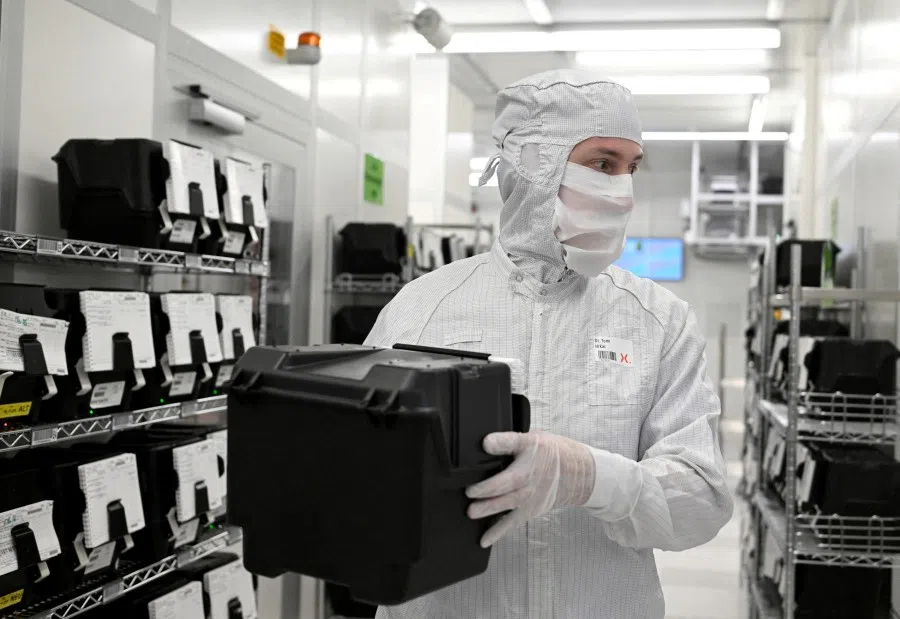
The report said that shortly after Wingtech was added to the US Entity List in December last year, a Dutch official wrote to Nexperia’s Western executives, warning that the company must have “operational independence from its listed shareholder.”
The Dutch government denied that the takeover of Nexperia was done under pressure from any foreign country, as the Dutch Minister of Economic Affairs explained that the action was taken because evidence showed Nexperia’s CEO was rapidly transferring the company’s production capacity, financial resources, and intellectual property to China.
The Dutch court also found that Zhang had revoked the banking powers of Nexperia’s top financial executives and granted them to individuals with no financial background, which the court described as “bordering on recklessness”. Zhang also insisted that Nexperia purchase US$200 million worth of silicon wafers from a company under his control, even though Nexperia only needed about US$70–80 million worth.
While some analysts argue that the Dutch government’s move sets a troubling precedent, others worry that if this “Dutch model” is replicated elsewhere, Chinese companies investing abroad will face even greater risks.
At present, Wingtech and Zhang Xuezheng have not issued any clarification regarding the accusations from the Dutch. While some analysts argue that the Dutch government’s move sets a troubling precedent, others worry that if this “Dutch model” is replicated elsewhere, Chinese companies investing abroad will face even greater risks. The fact is, similar situations have already occurred in other countries, and similar laws exist elsewhere.

In 2022, the UK government, citing “national security risks”, ordered Nexperia to sell most of its shares in a Welsh semiconductor fabrication plant that it had acquired.
In the US, in 2019, the government ordered the Chinese company Kunlun Tech to divest its ownership of Grindr, an American social platform whose main user base is the LGBTQ community. The following year, in 2020, another Chinese company, Shiji Group, was likewise ordered to sell its shares in StayNTouch, a US cloud-based hotel management software company.
In 2023, Singapore introduced the Significant Investments Review Act, which was passed by Parliament the following year. The law allows the government to take control of a company’s business and assets if the investment is deemed to involve national security concerns or if the essential services provided by a designated entity are disrupted.
When it comes to national security, no government will allow enterprises or individuals to cross that red line.
As geopolitical tensions intensify, companies expanding overseas must exercise far greater caution, especially when their products or technologies may be applied in sensitive areas such as defence or in sectors involving corporate or personal data.
When it comes to national security, no government will allow enterprises or individuals to cross that red line. Yet, the boundary of that line is often blurred. What was once celebrated as a corporate legend of a snake swallowing an elephant has now ironically turned into a corporate crisis where the elephant tramples on the snake.
This article was first published in Lianhe Zaobao as “安世半导体“那位中国籍老板””.
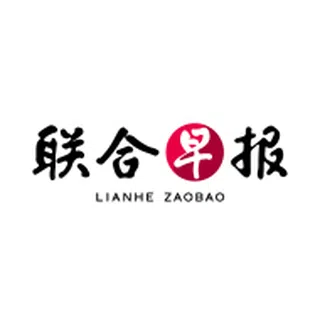



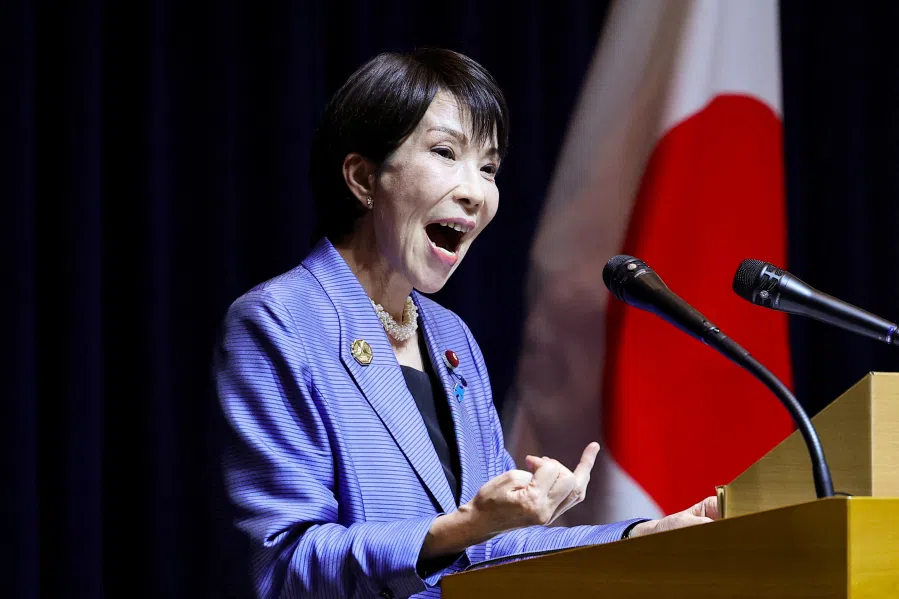
![[Big read] China’s 10 trillion RMB debt clean-up falls short](https://cassette.sphdigital.com.sg/image/thinkchina/d08cfc72b13782693c25f2fcbf886fa7673723efca260881e7086211b082e66c)